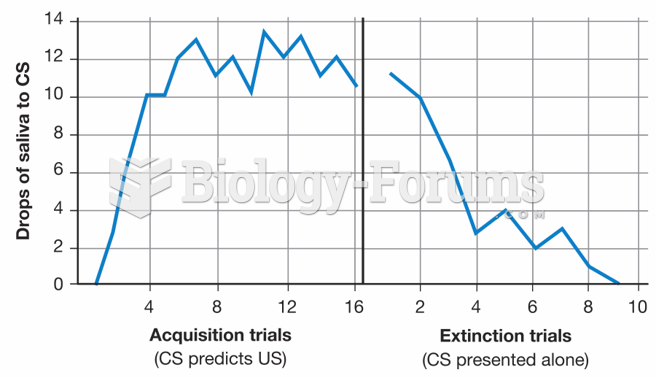Answer to Question 1
Answer: The term sandwich generation is widely used to refer to the idea that middle-aged adults must care for multiple generations above and below them at the same time. Although only a minority of contemporary middle-aged adults who care for aging parents have children younger than 18 at home, many are providing assistance to young-adult children and to grandchildrenobliga tions that, when combined with work and community responsibilities, can lead middle-aged caregivers to feel sandwiched, or squeezed, between the pressures of older and younger generations. As more baby boomers move into late adulthood and as their children continue to delay childbearing, the number of midlifers who are working, rearing children, and caring for aging parents will increase.
Answer to Question 2
Answer: Although emotional engagement with work is usually seen as psychologically healthy, it can also result in burnouta condition in which long-term job stress leads to mental exhaustion, a sense of loss of personal control, and feelings of reduced accomplishment. Burnout occurs more often in the helping professions, including health care, human services, and teaching, which place high emotional demands on employees. Although people in interpersonally demanding jobs are as psychologically healthy as other people, sometimes a workers dedication exceeds his or her coping skills, especially in an unsupportive work environment. Burnout is associated with excessive work assignments for available time and lack of encouragement and feedback from supervisors. Burnout is a serious occupational hazard, linked to impaired attention and memory, severe depression, on-the-job injuries, physical illnesses, poor job performance, absenteeism, and turnover. To prevent burnout, employers can make sure workloads are reasonable, provide opportunities for workers to take time out from stressful situations, limit hours of stressful work, and offer social support. Interventions that augment employee control over schedule and supervisor support for family and personal life show promise for sustaining work engagement and effectiveness while preventing burnout. Improved employee health behaviors, including increased nightly sleep, and gains in workfamily balance help explain these positive outcomes.







